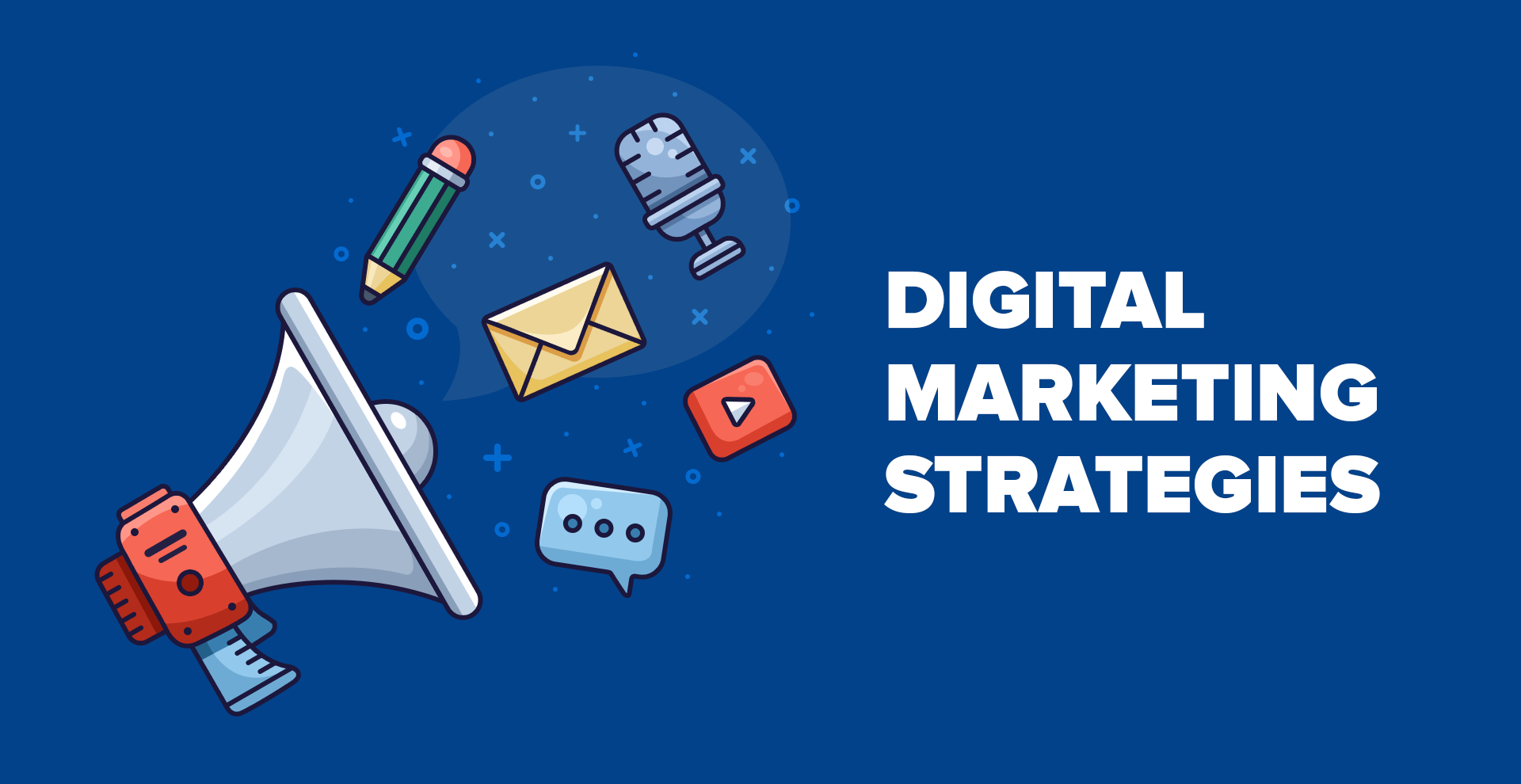Many questions pop into our heads when we prepare for a job interview. How are we going to handle it? Is it going to be difficult? Often it appears more difficult than the job itself, especially when the interview is technical; we might have numerous questions on our minds. However, it is essential to know that, during the interview, more than just knowledge will be necessary, such as your confidence and attitude toward the questions. The fact that we sometimes may not have the answer is okay. Nobody has all the answers!
The questions asked during a Six Sigma job interview may vary depending on whether you are applying for a Green Belt or Black Belt position. We should try to respond to all the questions we are aware of. If one is unsure about anything, one must accept it as reality. Want in on a secret? With the help of lean six sigma training, you can also gain an edge over other candidates.
According to a 2011 Compdata survey of manufacturers, 71.6% of the 1,100 organizations studied have incorporated Lean methods in their operations. Any interviewer would start by asking, “Tell me about yourself. “While answering this question, you must briefly summarize your experience, accomplishments, and projects while introducing yourself.
Depending on whether you are a Six Sigma beginner, a specialist, or an experienced six sigma professional, they will now start asking you questions. How you describe your profile to the interviewer will determine how you answer the following questions. To answer these questions, you need first to have a firm understanding of the following questions:
Top 12 Six Sigma Interview Questions
Q1. Describe Six Sigma.
There are multiple ways to answer this question. You can either provide the metrics (3.4 errors per million), the methodologies (DMAIC, DMADV, and DFSS), or the 6 times standard deviation that falls on one side of the mean value and customer specification limitations.
Q2. Why choose Six Sigma?
If you are stuck with the interview wanting to know why just Six Sigma and not beyond. Why 6? Why not 7? Why not 5? is a question that you should try answering yourself. Here, we can state that when obtaining Six Sigma, the output would be 99.9996%, which is impossible to accomplish otherwise as we need to commit to just 3.4 faults; consequently, the aim must be challenging and attainable; it is Six Sigma.
Q3. How many projects have you completed?
You must detail the projects you worked on for this question and have an excellent understanding. This is crucial because how you respond to this question will determine how the remainder of the interview will go.
Further, the following questions can be based on your project; some examples are as follows:
Q4. What were the problems, and how did you pick the projects?
The VOC or VOP must be mentioned here. Clients or consumers may provide the VOC through reactive feedback, survey results, or customer evaluations of the process. This leads us to the criterion, which is the customers’ complaints about the goods or services.
The following questions would be based on the Define Phase, some of which are as follows:
Q5. How did you establish the objectives of these projects?
The SMART strategy should be based on the project objectives, as the confidence interval shows how the process is acting.
Q6. How would you determine if a project’s level should be Back Belt or Green Belt?
These factors rely on the advantages we would get from the projects and the project region. It should be treated as a Black belt project if its scope is at the corporate level. However, it would be a Green Belt project if restricted to a single method.
Q7. What were the project’s parameters?
The scope establishes the project’s limits, ensuring that the project’s emphasis is on the areas within those bounds and that anything outside them is not in doubt. Limitations can be placed on a process, a place, a group of people, or a period of time.
Q8. What would you do if you received a VOC or VOP?
After receiving client complaints and feedback on the process, we must do a critical quality analysis that enables us to translate consumer feedback into metrics. Working with real-world issues, Six Sigma would turn them into statistical issues with statistical answers.
Q9. When commencing a new Six Sigma project, what should be the first thing to look at?
First, we must determine whether the process is under control (stable), and then we must decide if the data is normal or not. If the process is not stable, we cannot complete the project; therefore, we must make it stable. Next, we must determine whether the process is normal; we assess its capability based on its normality or non-normality.
Q10. What distinguishes control limits from specification limits?
Control limits are thoroughly project-oriented. It calls attention to the actual time value based on the process. Contrarily, the customer sets the specification limit and depending on market performance, and the clients also lay down the process goals.
Q11. Describe MSA Process.
Measuring System Analysis, or MSA, is a tool we use to determine whether or not our measurement system is accurate. For service companies, we conduct the Attribute analysis.
Q12. How many kinds of data are there?
There are two main categories of data: quantitative and qualitative. Continuous data falls under this category of quantitative data, whereas discrete data will fall under the scope of qualitative data. This can be discussed in a much more elaborate manner.
Conclusion
In this article, we’ve given it our best to compile all the important questions you should be aware of during a six sigma interview. However, as six Sigma is such a broad topic, we cannot cover it all. To excel at your interview, you must be thoroughly familiar with every concept of Lean Six Sigma. Although we’ve only discussed six-sigma-related questions here, there can also be questions concerning lean management. Wondering how you will master it? The answer is simple: getting lean six sigma training from the most reliable and effective trainers.
For more details please visit our website:
- Doug wright Holland & knight
- Reasons Why Peardeck is So Important for Schools
- How to Join Pear Deck
- How Students can sign-In launchpad cpsb on house
- Latest News
- How to Write a Dissertation in Czech Republic
- The Best 5 Freight Forwarders in Singapore
- A Complete Guide on Sourcing Strategy
- A Blood Pressure Monitor For Hospital Use
- How to Measure Customer Success
- SERIOUS Traders Need Serious Platforms







